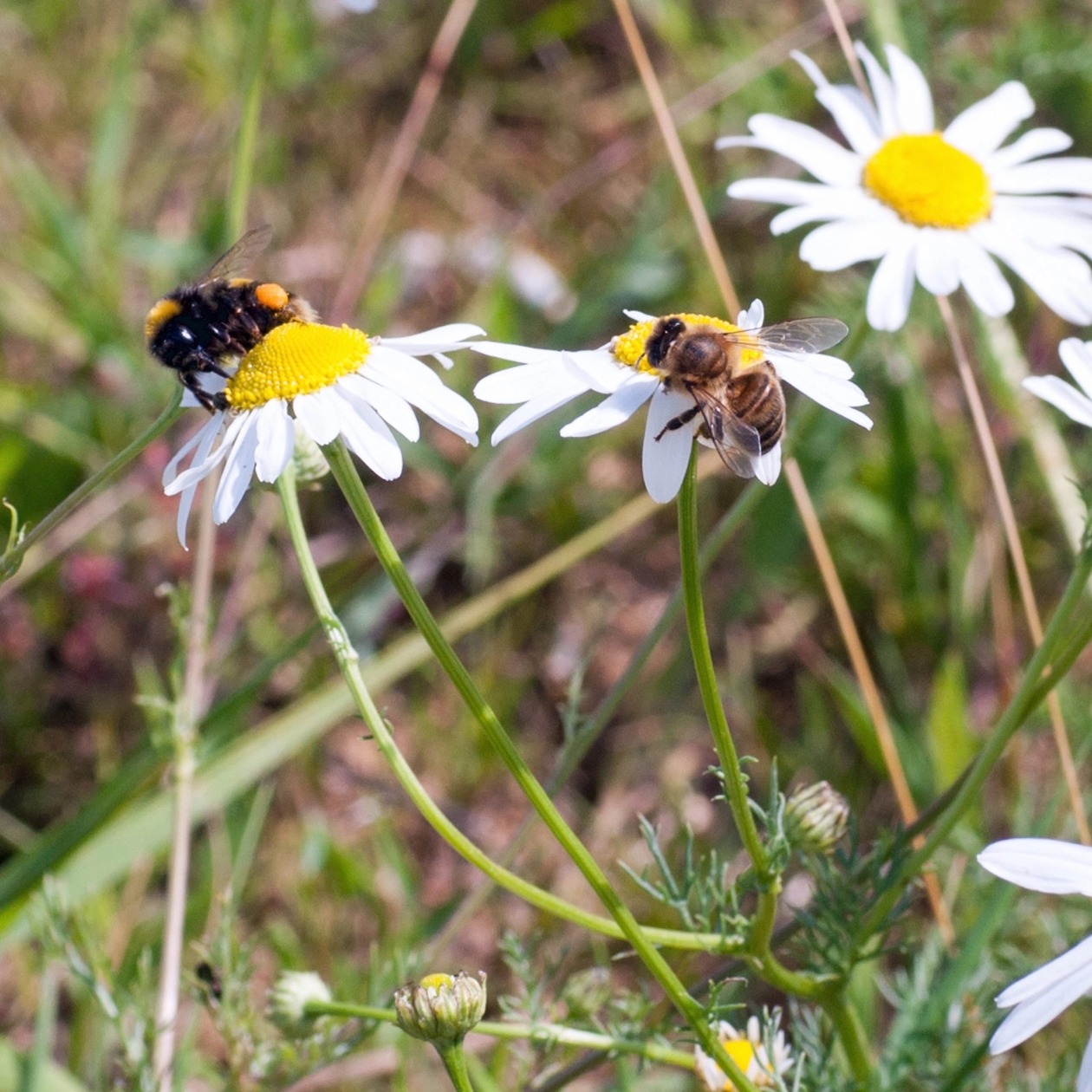Celebrate biodiversity and support local beekeepers
Where would we be without honeybees? The fascinating species are integral to supporting biodiversity across the world, whilst being one of the few insects that can produce food for us to eat. However, climate change has significantly decreased the global population of the honeybee – with UK bee population levels halving over the last 20 years. One of our most important missions at Low Carbon is to help them thrive, and we’re proud to have been supporting and protecting bees on our solar parks for more than five years now – something we will continue to do.
Supporting local, rather than commercial honey, helps in the fight to save our bees, and not to mention opens up a whole new world of delicious flavours to try!
Honeybees are extremely important to pollination, one of Earth’s most vital ecosystems. Plants require the internal transfer of pollen from the anther to the stigma to germinate, which honeybees do effectively. As they move between flowers in search of nectar, they leave behind grains of pollen which allow the plants to grow and produce food. Bees have earned their reputation as busy workers by pollinating billions of plants each year.
If they were to go extinct, the lack of honeybee pollination would cause us to lose 70 out of 100 crop species that feed 90% of the planet’s population. At Low Carbon we strive to create and manage solar parks, which provide suitable protected habitats and abundant food sources for bees and other pollinators. We’re proud to partner with professional beekeepers to manage hives on our carefully selected sites, considerately farming the honey produced by the hives.
Producing local honey aids the beekeeping industry by covering the cost of protecting the bees and expanding opportunities for beekeeping such as our solar parks. This regenerative process is what has allowed us to grow the number of bees on our sites to over two million located on our solar parks across Cornwall, Devon and Suffolk.
Mites and parasites are some of the biggest threats to honeybee populations, alongside climate change. To combat this, our beehives are regularly tended to by trained beekeepers to ensure the wellbeing of our bees. We also have a special process for carefully handling our Low Carbon honey, to keep it as natural and delicious as possible:
• Our honey is spun and then lightly filtered
• The honey is then placed in settling tanks, where it is lightly warmed
• We then place the honey into jars – our honey is never pasteurised or irradiated
Across the globe, there are hundreds of varieties of honeys each with different flavours, colours and textures. The unique characteristics of each honey are determined by the variation of wildflowers and food sources from which the bees collect nectar and pollen. They are often described as ‘Polyfloral’
For example, Orange Blossom Honey is produced from honeybees pollinating orange groves, which gives it a sweet, citrusy taste. This is very different to Meadowfoam Honey, which is created when bees pollinate meadowfoam plants, creating a deliciously sweet vanilla aftertaste, taking you back to your favourite childhood treats. Every local honey you try will have unique tasting tones – some are suited for adding sweetness to a morning coffee, whilst others are perfect when making baked goods.

